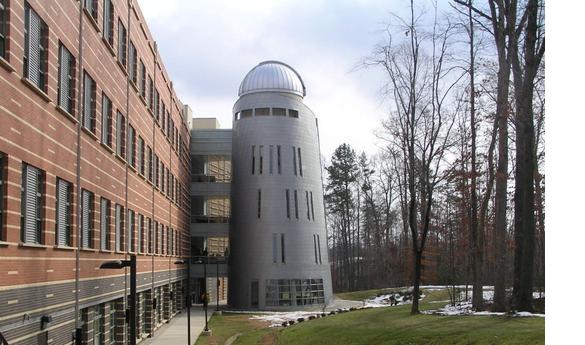Mason observatory to hold public stargazing sessions
George Mason University’s astronomy observatory is holding informal stargazing sessions this semester for all members of the public.
The monthly event, “Evenings under the Stars,” includes viewings through the observatory’s telescope and discussions from speakers on different topics.
“We have had scientists from all fields speak, although most are astronomy related topics,” Harold Geller, the observatory director, said in an email.
Attendees will have access to the observatory’s newest telescope, a 32-inch Ritchey Chrétien, which became functional in July 2011.
Geller explained that the observatory has held sessions for various groups in the past, including Boy and Girl Scout troops who used the experience to earn badges.
“We look forward to teachers and students from grades K-12 to join us in observing the night time sky,” Geller said.
Geller estimated that about 2,000 people took advantage of the observatory’s telescopes last semester.
“…The general public has been the biggest fan of the observing sessions,” Geller said.
Geller says the university hopes “to add more equipment to the telescope and observatory.”
Mason’s School of Physics, Astronomy, and Computational Sciences plans to add accessories, a filter, and a digital-camera-like instrument to the telescope to aid in research.
SPACS is accepting monetary donations for future equipment and accessories. A $1,000 donation will earn the donator a plaque with his or her name in the lobby of Research Hall.
The Mason observatory is working in collaboration with the International Dark Sky Association and the Vatican Observatory on a project called SKYMONITOR. The project provides a network of data on the brightness of the night sky.
“An observatory helps us expand our limited view and see more of the whole. I hope everyone, including all students in our astronomy courses, will take advantage of this valuable resource and ponder the view it provides of our universe,” Geller said.
The schedule of viewings can be found here.
To learn about the SKYMONITOR project, visit this website.

